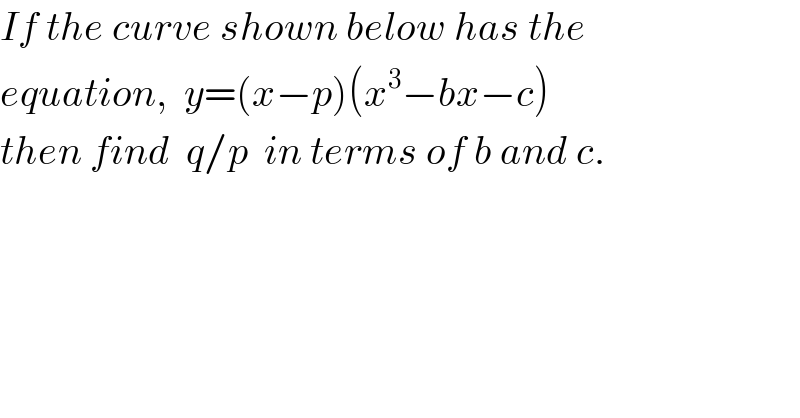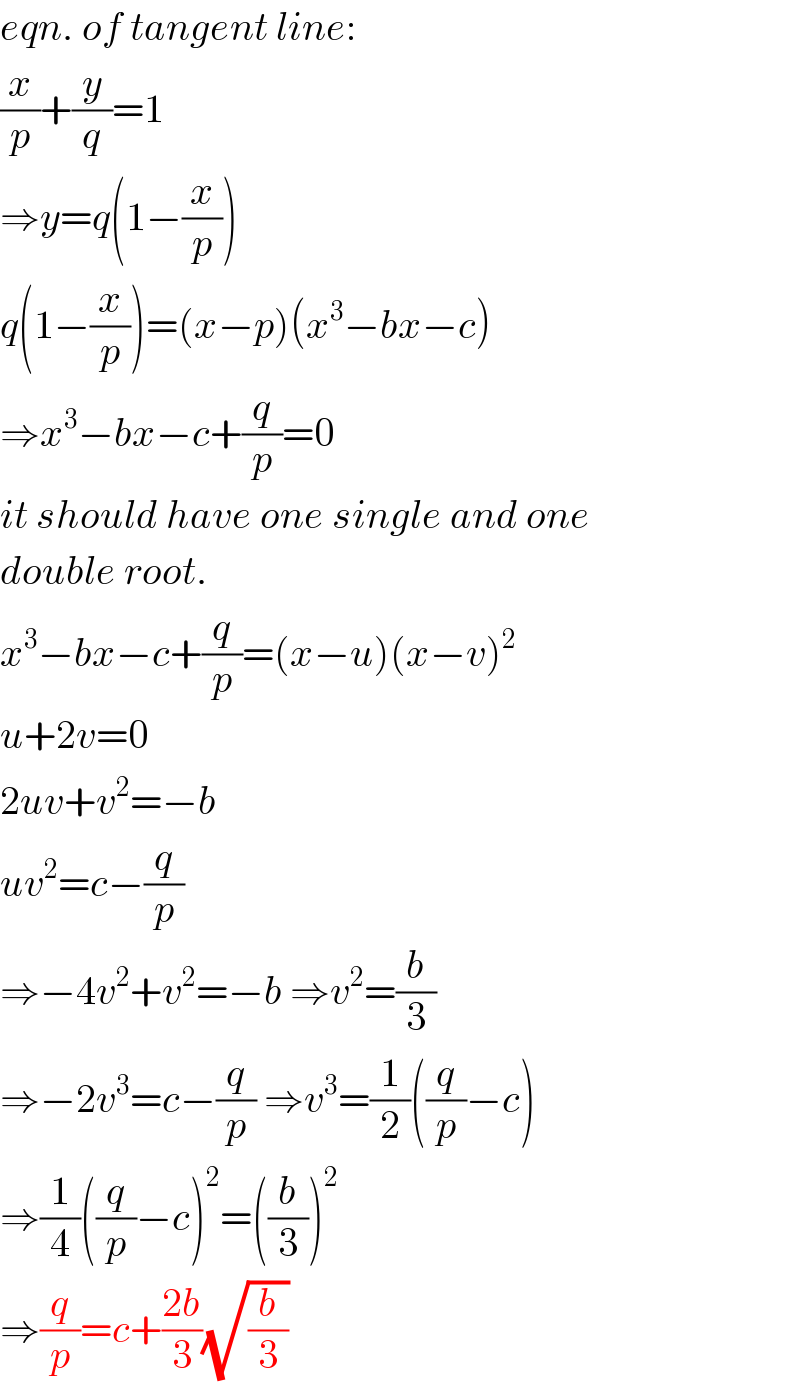
Question and Answers Forum
Question Number 98925 by ajfour last updated on 17/Jun/20

Commented by ajfour last updated on 17/Jun/20

Answered by mr W last updated on 17/Jun/20

Commented by mr W last updated on 17/Jun/20

Commented by ajfour last updated on 17/Jun/20

